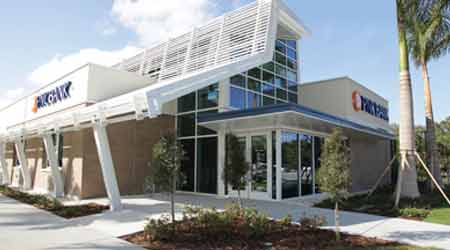7 Factors That Create a Zero Net Energy Candidate
Part 3 of a four-part article on baseline techniques for making zero net energy buildings more common.
Building a new zero net energy (ZNE) facility or completely transforming an existing building to ZNE are major enterprises, and the level of effort depends on the building, site conditions, operating requirements, and local climate. Buildings can be equipped to be future-ready thanks to near-term solutions that target buildings already suited for ZNE retrofits.
Here are seven factors that make a building primed for ZNE strategies:
1. Energy codes: Local regulations can create ideal conditions for enticing owners to consider ZNE, including robust energy codes, incentives (financial and otherwise), and cooperation between regulatory officials and the project team.
2. Long-term hold: An owner with long-term interest in the building and its utility costs or who can capitalize on the ZNE investment is an ideal candidate.
3. Climate conditions: A moderate and sunny climate allows for reduced internal building loads and optimal conditions for photovoltaic (PV) panels. Alternatively, sites with extreme temperature swings are less ideal.
4. Site orientation: Regardless of the location, analyzing and properly orienting the building on the site will maximize solar exposure. A building with an elongated footprint and long east-west axis (maximum north and south façade area) is optimal for enhanced daylighting, passive solar heating, thermal comfort control, natural ventilation, and PV integration.
5. Connected utility grid: A building connected to a utility grid with net metering allows for excess power to be sent back to the grid. Owners can receive credit for power, which can be used to offset power needs at night or during low production times of year. This will reduce the need for batteries and converters.
6. Occupants: Educating occupants on matters such as thermal comfort ranges, use of equipment, occupancy of spaces, and clothing can drive down energy use significantly before other building investments.
7. Committed project team: ZNE can be achieved, provided that the design and ownership team is nimble and puts energy consumption at the top of each design decision.
Related Topics:















